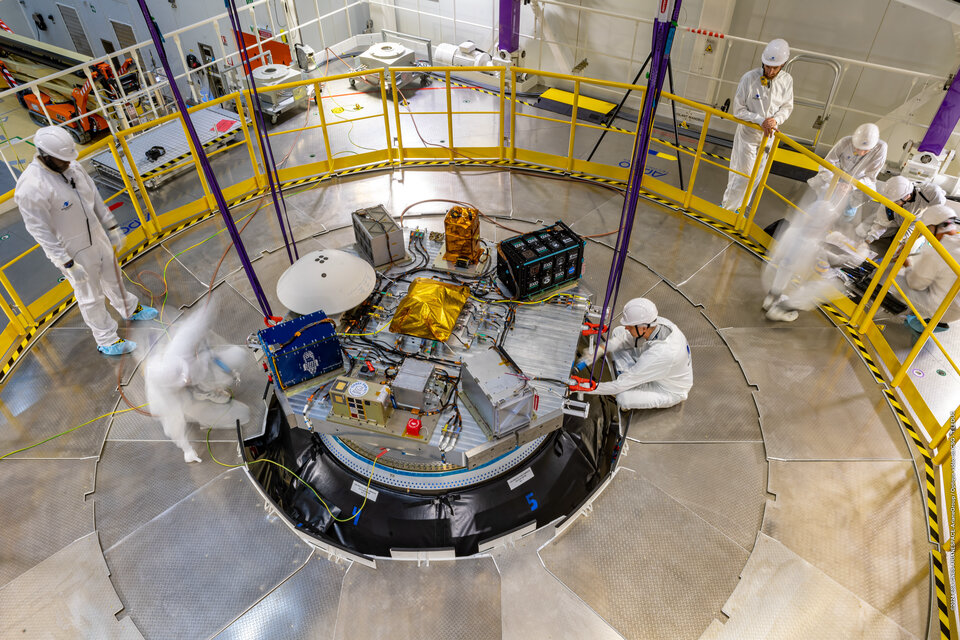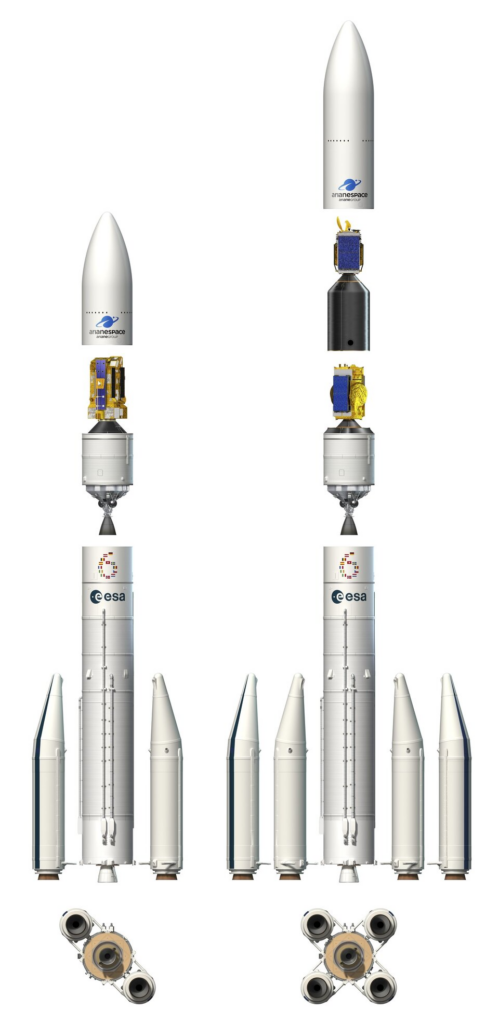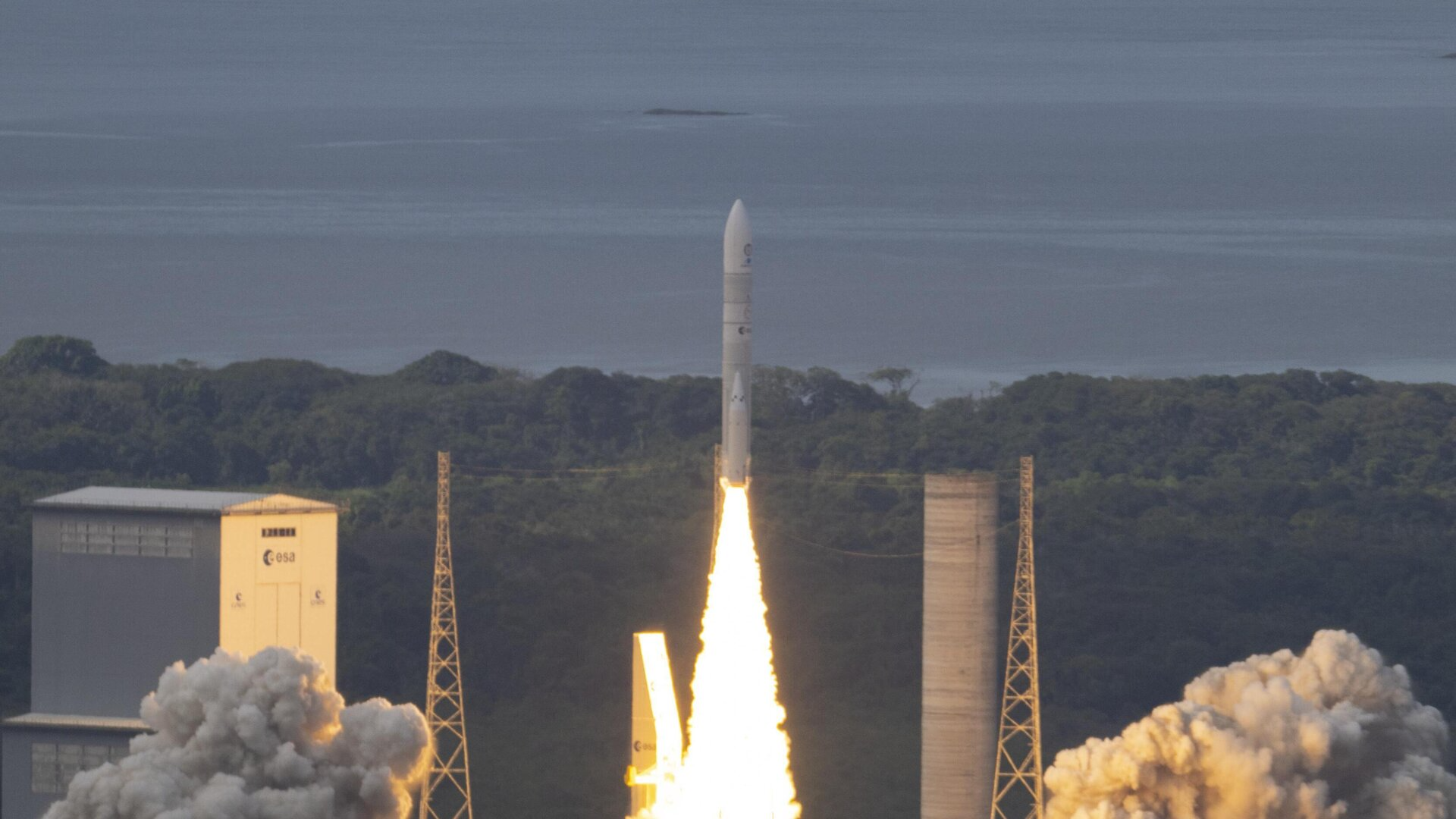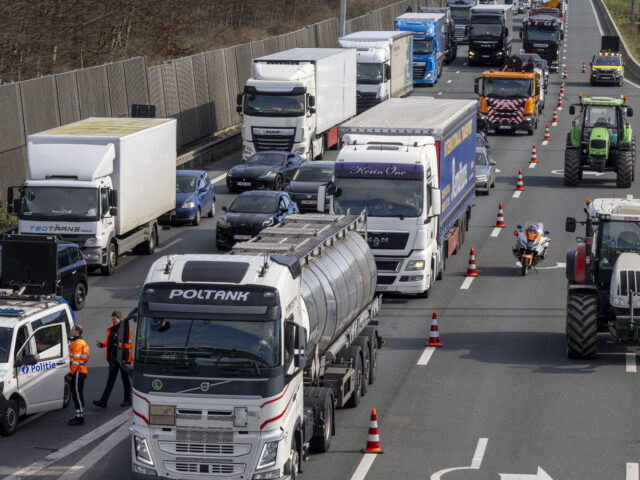“Lift-off,” reported the European Space Agency (ESA) on social networking site X, Tuesday at 9 pm Belgian time, from the European Space Base in Kourou, French Guiana. A second hurrah followed an hour and six minutes after the launch of the new Ariane 6 as the microsatellites it carried were also put into an orbit 600 km above Earth.
With the successful launch and demonstration flight of the new Ariane 6 launcher, the European space program gets another boost, as the commissioning of the Ariane 6 means that European countries are less dependent on foreign companies like SpaceX, from US billionaire Elon Musk, which launches its reusable Falcon 9 rockets about twice a week.
“Historic day”
“This is a historic day for ESA and Europe,” said Joseph Aschbacher, director-general of the European Space Agency. After all, with this success, Europe once again has autonomous access to space.
Although it was still a bit of a scary wait when the 56-meter-long rocket began its flight with a one-hour delay, despite the many ground tests and simulations carried out over months, launching such a rocket remains an element of risk: historically, almost half of the first rocket launches have been failures, such as in 1996 for the first Ariane 5.
While Ariane 6 does not yet carry commercial satellites, it holds 16 microsatellites for universities and various experiments. It also contains two atmospheric reentry capsules that will be released at the end of the mission. These capsules, developed by the French-German start-up The Exploration Company and ArianeGroup, should prepare the space cargo ship that ESA plans to launch.

29 flights to book
It will now take several months to analyze the data sent by the launcher’s multiple sensors before the first commercial launch, probably with the French military observation satellite CSO-3, at the end of the year.
After that, the challenge will be to ramp up flights successfully: six are planned for 2025, and eight will be the following year. Ariane 6 has 29 flights in its order book, an “absolutely unprecedented success for a launcher that has not flown,” said Stéphane Israel, boss of Arianespace, the company responsible for marketing and operating the rocket.
900 tonnes
Ariane 6, which will weigh almost 900 tonnes when launched with a full payload, will be available in two versions: a version with two boosters, called Ariane 62, and Ariane 64 with four boosters. This latest model can launch payloads twice as heavy as the 62 model into geostationary orbit (approximately 11.5 tons) and low Earth orbit (21.6 tons).
Roughly sketched, the rocket consists of three stages: two or four boosters and a main and upper stage, known as the central core, powered by the liquid-fueled Vulcain 2.1. The upper stage is also powered by the ignitable Vinci engine fueled by cryogenic liquid oxygen and hydrogen.
The third and last ignition of the Vinci, one hour and 6 minutes after takeoff, just sends it back into the atmosphere. It will fall back into the Pacific near Point Nemo, the place on the globe farthest from any land.
However, the first profound disappointment concerning the commercial use followed a few weeks ago: Eumetsat, the operator of European weather satellites, canceled the launch of its MTG-S1 satellite, planned for Ariane 6 in early 2025, in favor of SpaceX, citing “circumstance exceptional” without further specification. A decision by an intergovernmental body of 30 European countries is “difficult to understand,” ESA boss Joseph Aschacher said.





Comments
Ready to join the conversation?
You must be an active subscriber to leave a comment.
Subscribe Today